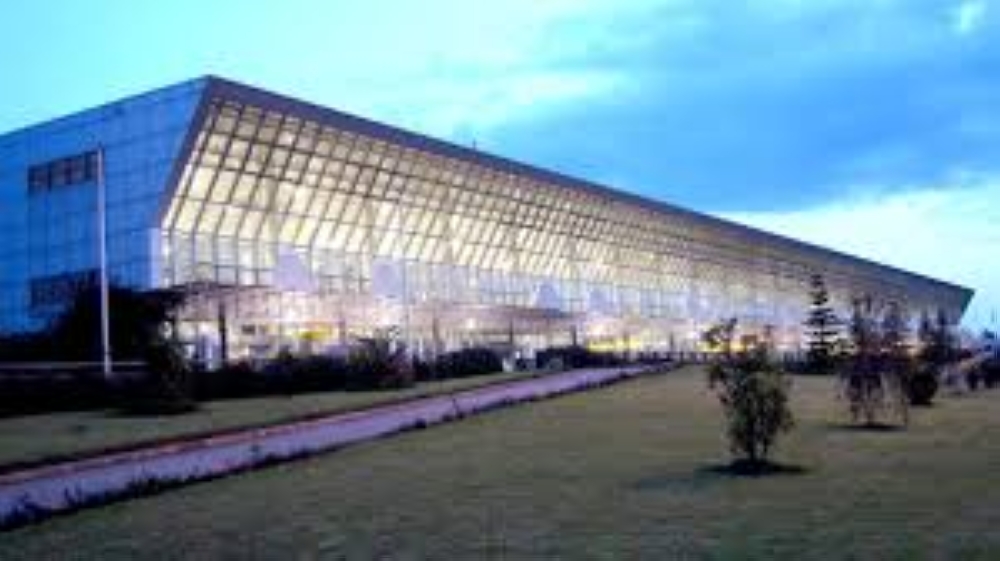The commonest chemical element on earth today is oxygen, although it was not until 1774 that it was discovered by the English scientist Joseph Priestley. Oxygen is also one of the most important elements since nearly all plants and animals need it to live.

The commonest chemical element on earth today is oxygen, although it was not until 1774 that it was discovered by the English scientist Joseph Priestley. Oxygen is also one of the most important elements since nearly all plants and animals need it to live.
We usually find free oxygen (that is, oxygen which is not combined with other elements) as a gas. This gas is made up of molecules of oxygen. Each of these molecules has two oxygen atoms so we use the formula O2.
There is another form of oxygen, which is much rarer but which is also very important, called ozone (O3). However, we find oxygen not only in free form, but also in combination with other elements.
For example, oxygen is 90% of the weight of water (H2O) where two atoms of hydrogen and one of oxygen make up each molecule.
Other common examples of oxygen in combination are silicon oxide (SiO2), which is ordinary sand, and iron oxide (Fe2O3), which is the rust you get if you leave an iron nail in the rain. There has always been a close connection between oxygen and the changes in life on earth.
At first, more than 600 million years ago, there was no oxygen. But when plants came up, they put oxygen into the atmosphere. All the free oxygen now in our atmosphere, which we need to breathe, comes from plants.
Slowly, the amount of oxygen in the earth’s atmosphere has increased. About 600 million years ago, oxygen was 1%, 400 million years ago, it was10%, and now it is 21%. When the magic figure of 10% was reached, all kinds of new plants and animals appeared.
This change in oxygen made life possible for animals such as dinosaurs and mammals, including (in about the last 4 million years) man.
In addition, another very important change happened about 400 million years ago: the gas ozone formed a kind of filter 50 kilometres above the earth. This ozone filter has also allowed all kinds of new life, including man to develop.
Though there is no doubt about the importance of oxygen, including the ozone, many scientists today are very worried because it seems that man is slowly destroying the ‘ozone layer’ which has protected the earth for 400 million years. If we lose our 03, our O2 may not save us!




